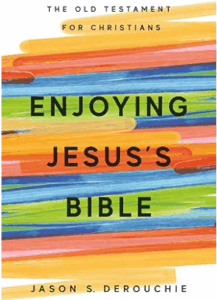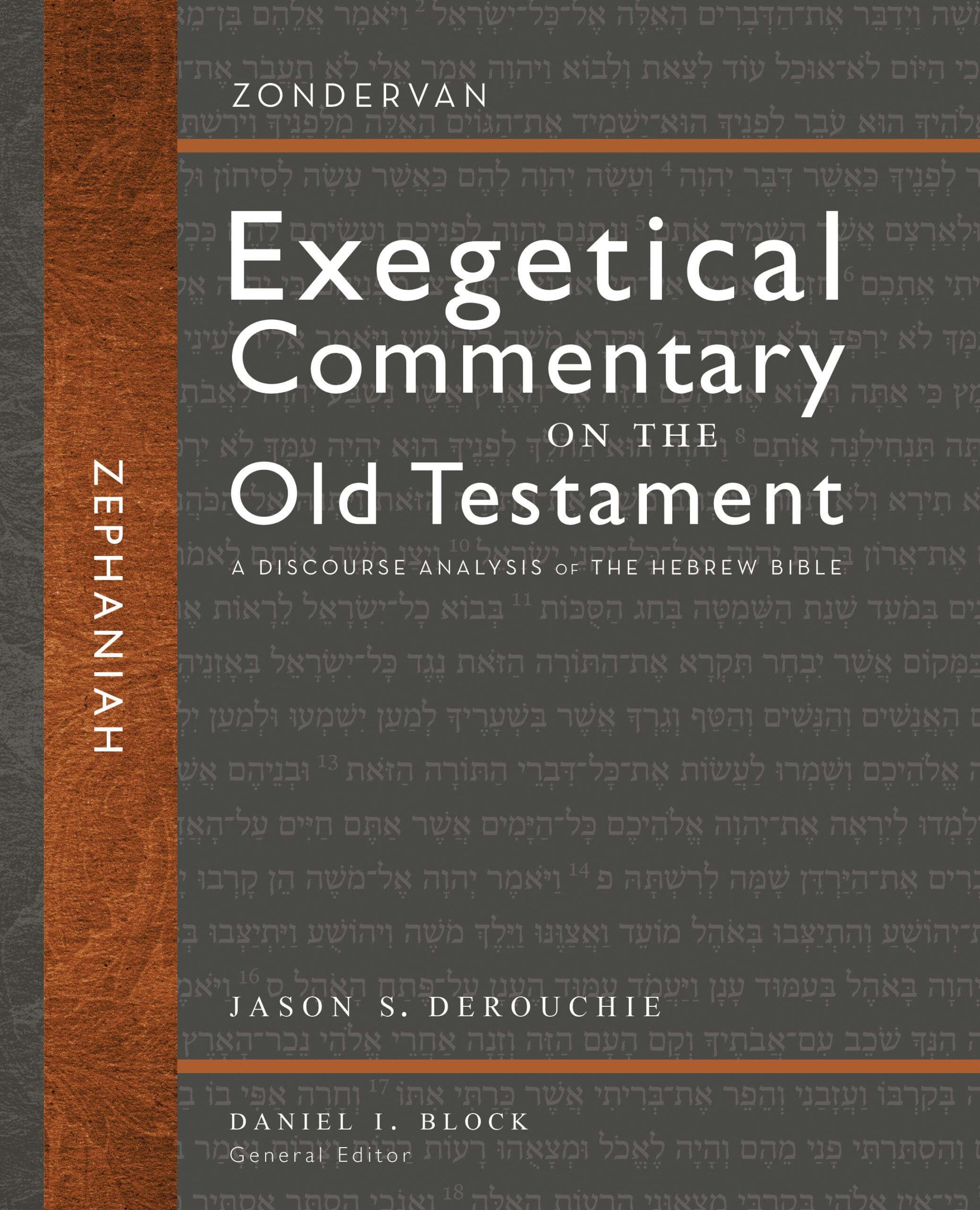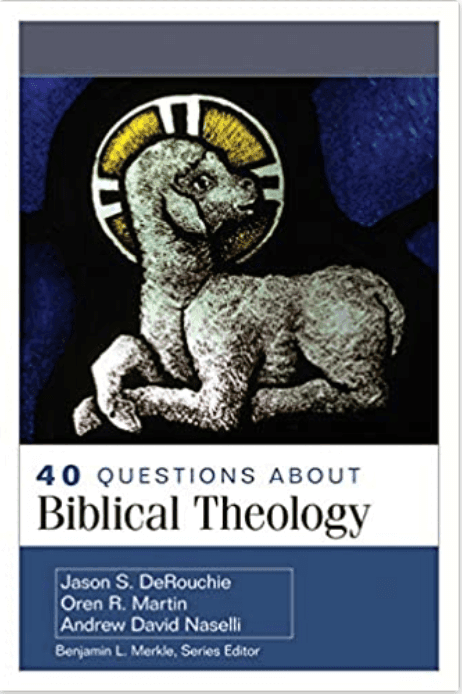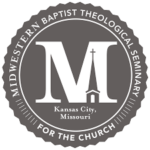Proclaiming the Kingdom
Blog
Follow Jason DeRouchie
Does the Law of Moses Matter for Christians Today?
Instruction through the Lens of Christ Moses matters for Christians, and yet he spoke in a context that’s very different from our own. The old covenant is not the covenant we’re under. We are under the new covenant. So all of Moses’s instruction matters but only...

The Old Testament’s Perspective on the Old Testament’s Audience and Comprehension
JY: Welcome to GearTalk, a podcast on biblical theology. Today's podcast is the counterpart to last week's podcast, where we talked about the New Testament's perspective on the Old Testament's audience and comprehension. Today, Tom and Jason talk about the Old...

New Testament Perspective on the Old Testament’s Audience and Comprehension
JY: Welcome to GearTalk, a podcast on Biblical theology. Today, Tom and Jason talk about the New Testament's perspective on the Old Testament. It turns out the New Testament authors had a lot to say about what for them was their only Bible. Hopefully, today's podcast...
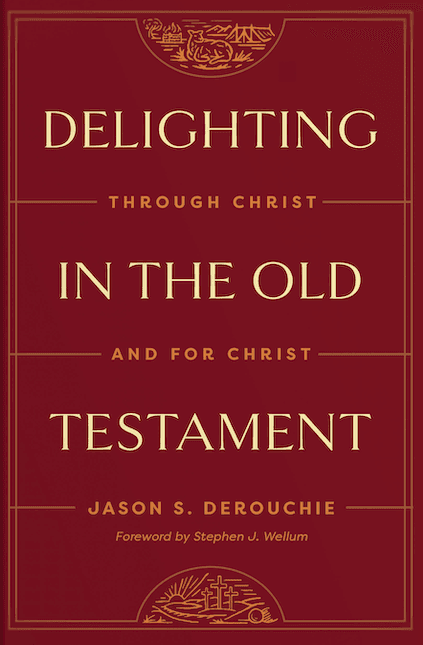
Book Announcement: Delighting in the Old Testament
All Christians can enjoy Jesus and the hope of the gospel in the Old Testament. I argue this in my book, Delighting in the Old Testament: Through Christ and for Christ (Wheaton, IL: Crossway, 2024). Here is a basic overview of the book: Introduction: Ten Reasons the...
10 Reasons the Old Testament Matters to Christians
Is Christ really part of the Old Testament message? Should I, as a believer in the twenty-first century, claim Old Testament promises as mine? Do the laws of the Mosaic covenant still matter today for followers of Jesus? In short, is the Old...
4 Ways Jesus Fulfills Every Old Testament Promise
When Jesus fulfills the Old Testament Law and Prophets, he is actualizing what Scripture anticipated and achieving what God promised and predicted (Matt. 5:17; 11:13; Luke 16:16; 24:44). Truly every promise in Scripture is “Yes” in Christ (2 Cor. 1:20), and in him God...
Help! I Don’t Enjoy Reading the Old Testament
Nurturing Delight The Old Testament (OT) is big and can feel daunting, especially because it is filled with perspectives, powers, and practices that seem so far removed from Christians today. While we know that the psalmist found in it a perfect law that revives the...
The Story of God’s Glory in Christ
“When the fullness of time had come, God sent forth his Son” (Gal. 4:4), and now we are living at “the end of the ages” (1 Cor. 10:11; cf. Rom. 13:11). Jesus opened his ministry by “proclaiming the gospel of God, and saying, ‘The time is fulfilled, and the kingdom of...
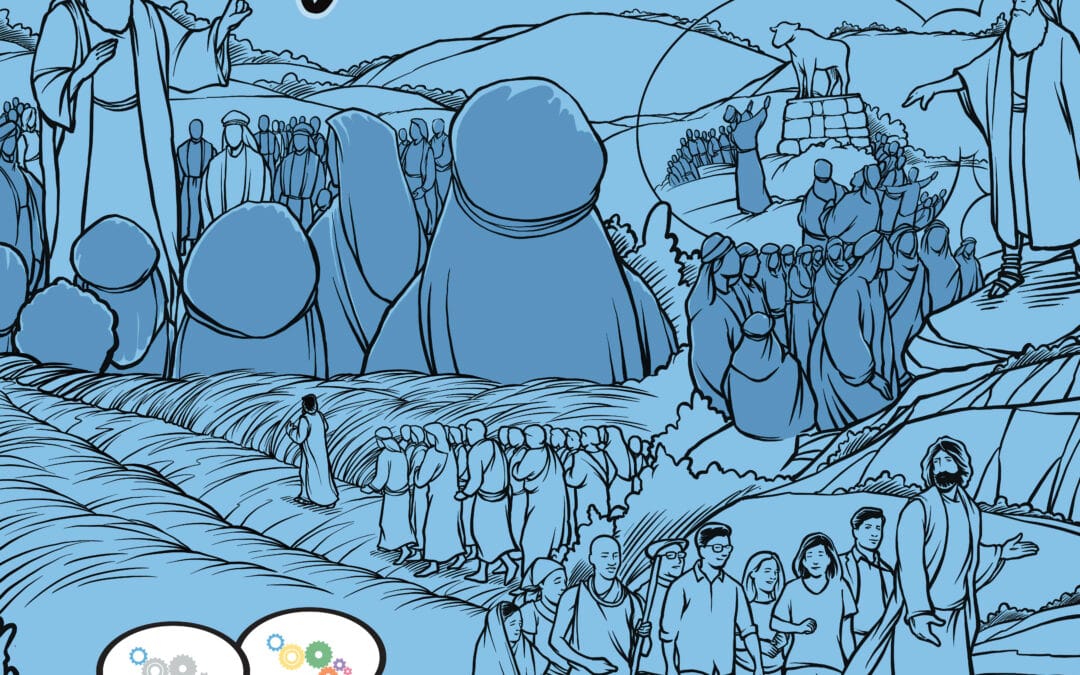
A Month in Deuteronomy
Over the next several weeks, the GearTalk Biblical Theology podcast will enjoy A Month in Deuteronomy. Hands to the Plow's Creative Director, Mark Yaeger, has also designed some great cover art that may serve your ministry as you teach through this amazing book....
The Light and Lens Necessary to Fully Understand the OT
JY: Welcome to GearTalk, a podcast on Biblical Theology. Today's podcast continues our focus on the contents and interpretation of the Old Testament. Today Tom and Jason talk about the light and the lens necessary in order to fully understand the content in the Old...
About Jason S. DeRouchie
Dr. Jason DeRouchie (PhD, The Southern Baptist Theological Seminary) is a churchman and a passionate teacher driven to exalt Jesus from the Old Testament and to help Christians better grasp why the initial three-fourths of the Bible matters for Christians. He is Research Professor of Old Testament and Biblical Theology and Rich and Judy Hastings Endowed Chair of Old Testament Studies at Midwestern Baptist Theological Seminary in Kansas City, Missouri. He also serves as Content Developer and Global Trainer with Hands to the Plow Ministries and as a pastor of Sovereign Joy Baptist Church in the northland of Kansas City, MO.
